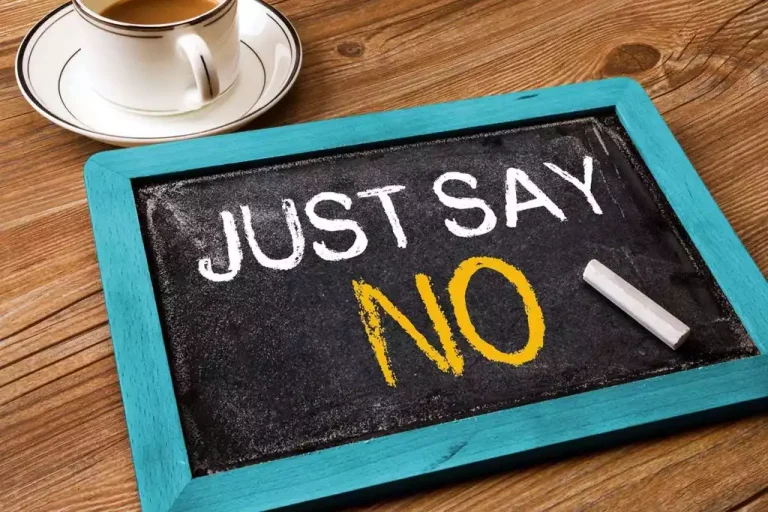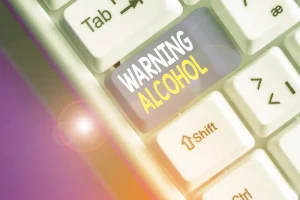
Depending on a trusted friend can get you through a tempting situation unscathed. The most important rule of recovery is that a person does not achieve recovery by just not using. Recovery involves creating a new life in which it is easier to not use. When individuals do not change their lives, then all the factors that contributed to their addiction will eventually catch up with them.

Relapse Triggers: What You Need to Avoid

Moreover, it occurs in identifiable stages, and identifying the stages can help people take action to prevent full-on relapse. It is important to know that relapse does not represent a moral weakness. For that reason, some experts prefer not to use the term “relapse” but to use more morally neutral terms such as “resumed” use or a “recurrence” of symptoms. It’s an acknowledgement that recovery takes lots of learning, especially about oneself. Recovery from addiction requires significant changes in lifestyle and behavior, ranging from changing friend circles to developing new coping mechanisms.
Common Internal Relapse Triggers
Helping clients feel comfortable with being uncomfortable can reduce their need to escape into addiction. Cognitive therapy is one of the main tools for changing people’s negative thinking and developing healthy coping skills [9,10]. The effectiveness of cognitive therapy in types of relapse triggers relapse prevention has been confirmed in numerous studies [11]. Addiction is a chronic brain disease with a relapse rate similar to that of other chronic conditions like diabetes. When people stop their treatment plans for chronic conditions, they are more likely to relapse.
What is the importance of a relapse prevention plan?
Relapse usually results from a mix of psychological, physical, and environmental triggers. While it is a common part of the recovery process, it can lead to dangerous behaviors that may harm both the relapsing individual and https://ecosoberhouse.com/ their loved ones. By creating a plan, individuals can identify their triggers and cravings, and develop strategies to manage them. They can also build up their coping skills to help them better handle difficult situations.
- The combination of a substance abuse program and self-help group is the most effective [22,23].
- Both types of triggers present unique challenges that can derail a recovery process.
- Denied users will not or cannot fully acknowledge the extent of their addiction.
- Cravings can intensify in settings where the substance is available and use is possible.
- For example, most celebrations involve substance use among-st friends and family.
- You can achieve this by recognizing your triggers and developing healthy coping skills.
- The power to resist cravings rests on the ability to summon and interpose judgment between a craving and its intense motivational command to seek the substance.
As soon as things start getting hard, it’s tempting to turn back to addiction. Instead, learn how to practice relaxation, and how to be relaxed in any and every situation. There are two main types of triggers to be aware of — internal triggers and external triggers. External triggers are often easier to identify, as they are people, places, things and activities that make someone want to use drugs or alcohol again. Internal triggers can be more difficult to identify as they are feelings that are often complex. Reminiscing about or dwelling on memories of past substance abuse is one of the brightest red flags in terms of triggers and relapse.
What Are The Most Common Relapse Triggers?


